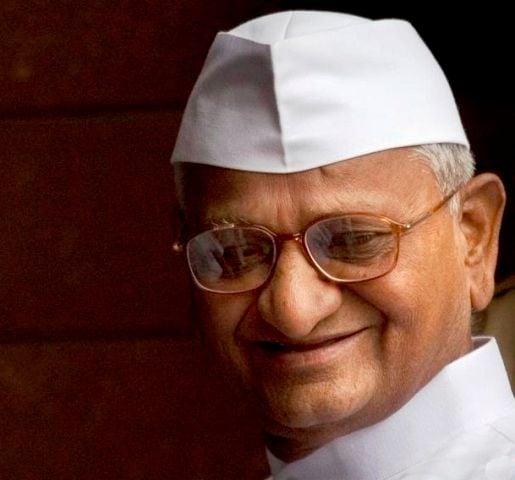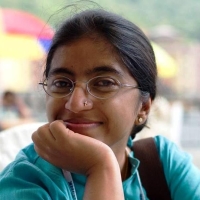| Kisan Baburao Hazare was born in Bhingar near Ahmednagar district of Maharashtra to Laxmi Bai and Baburao Hazare. |
| His father, Baburao Hazare, worked as an unskilled laborer in an Ayurveda Ashram Pharmacy. |
| He later adopted the name Anna, which means father or elder brother in Marathi. |
| Though a relative tried to assist, he had to stop his studies after the 7th grade due to financial constraints. |
| To support himself, he sold flowers at Dadar Railway Station and owned two flower shops in Mumbai. |
| After the Indo-Pak war in 1962, he joined the Indian Army as a Truck Driver in 1963. |
| Surviving a bomb attack in the Indo-Pak war of 1965, he found inspiration from a book of Swami Vivekananda which led him to dedicate his life to serving mankind. |
| Following 15 years of service, he took voluntary retirement from the Indian Army and returned to Ralegan Siddhi, his hometown. |
| Through activism, he transformed Ralegan Siddhi into a model village by eradicating liquor dens and promoting self-sustainability. |
| He made a local temple the center of his movement and established a Grain Bank in 1980 to aid poor farmers during droughts. |
| In recognition of his efforts, he received the Padma Shri award in 1990 and the Padma Bhushan in 1992. |
| He initiated the Bhrashtachar Virodhi Jan Andolan to combat corruption in 1991. |
| In 2003, he began a hunger strike against corruption charges, marking his first fast unto death. |
| His activism in Maharashtra led to the state enacting a revised Right to Information Act, which later influenced the national RTI Act of 2005. |
| Anna Hazare gained national attention in 2011 for his fast in Delhi demanding the passage of the Lokpal and Lokayuktas bill. |
| Supporters launched campaigns like "Main Anna Hazare Hoon" and wore topis inscribed with "Main Anna Hoon." |
| Films such as "Mala Anna Vahaychay" in Marathi and "Anna" in Bollywood portray his inspiring life. |

